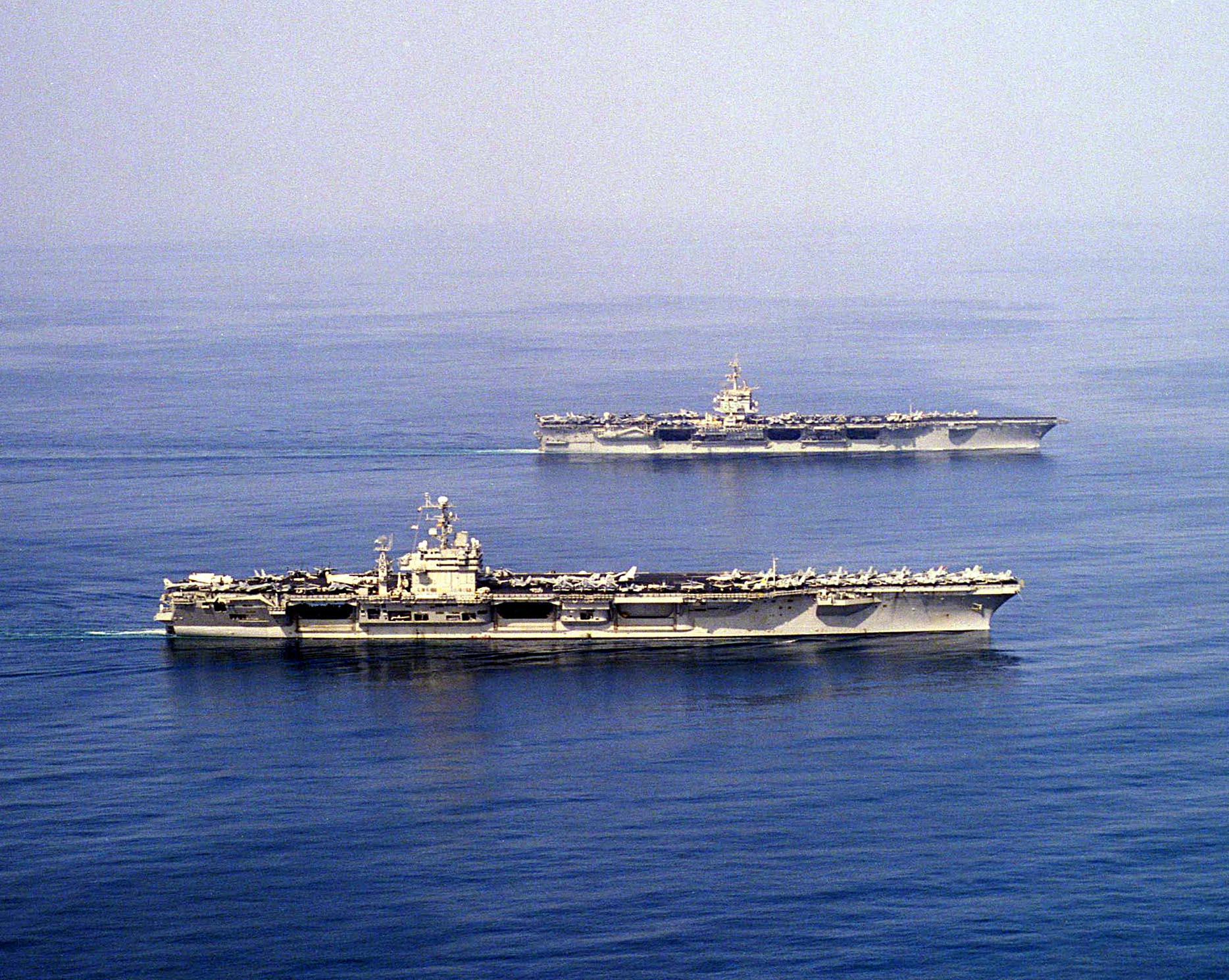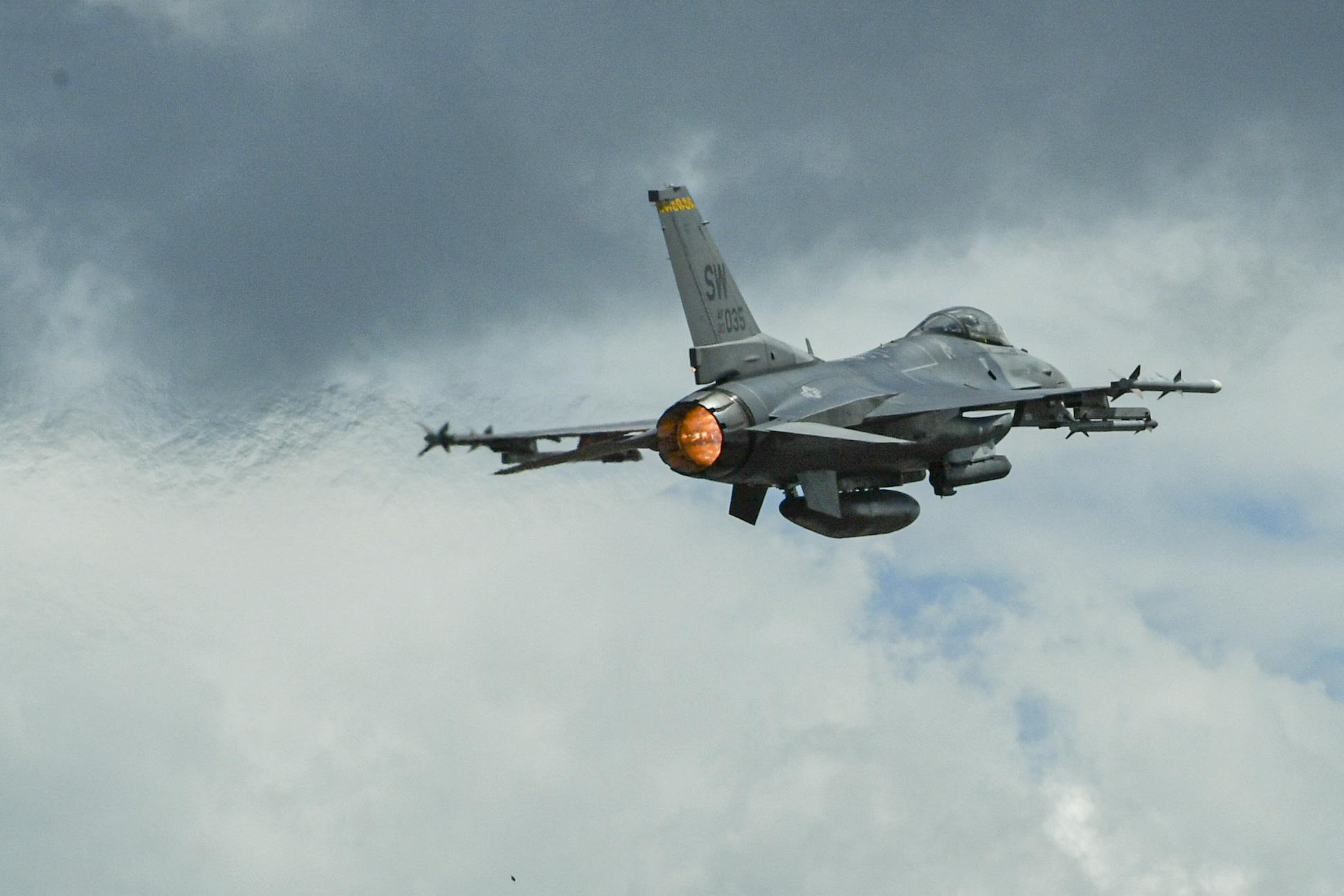Obama’s Disastrous Af-Pak Policy
It’s unbelievable, really. The US military is holding up Iraq as a model for Afghanistan. They’ll tell you it took a few years to get right but by golly, Iraq is at peace with itself, with a large armed forces, a democratically elected government, and commerce flourishing. Let’s replicate that “success” in Afghanistan.
Iraq is remarkably more peaceful than it was in 2006. Baghdad is safer than many U.S. cities (but, given the sad state of our inner cities, is that a good barometer?). And the government has reclaimed its monopoly on the use of force, important for any government trying to claim legitimacy.
So let’s turn to Afghanistan. There is a weak and corrupt government, little to no standing armed forces, and parts of the country entirely controlled by the Taliban. OK, so Obama is expected to move in an additional 30,000-plus troops (I’m told he will make his decision before heading to China but not publicize it until afterward and that he will give McChrystal nearly the numbers he asked for, probably in the 30,000-35,000 ballpark). Then what? We stabilize Afghanistan, weed out corrupt elements in the government, squeeze the Taliban, and “clear, hold and build” the provinces. What then? Are we buying ourselves time to stand up the army? Creating space for political reconciliation? These are all buzz phrases carried over from the Iraq experiment — just change “Sunni Arab” to “Pashtun” and “Anbar” to “Helmund” and it’s basically the same set of challenges, right?
Except for one thing. Those who attacked us in 9/11 are safely ensconced in a remote part of Pakistan, not Afghanistan. Oops. Seems no matter how swimmingly our nation-building experiment goes across the border, that simple fact does not change. Nor is the Pakistani army willing to really take the fight to the extremists (though their recent assaults near Swat Valley are a welcome sign). As long as standing up to India is more important than eradicating terrorists, Pakistan will never become a reliable partner worthy of billions of dollars of aid. To the Biden types out there who ask: Why are we spending only $1 on Pakistan for every $20 we spend on Afghanistan? The answer is not to spend more on Pakistan but to spend less on Afghanistan. As Boston University’s Andrew Bacevich has eloquently put it: “A sense of realism and a sense of proportion should oblige us to take a minimalist approach. As with Uruguay or Fiji or Estonia or other countries where U.S. interests are limited, the United States should undertake to secure those interests at the lowest cost possible.”
I just returned from Sri Lanka, where a maximalist approach worked to eradicate a nasty insurgency. It was a mop-up operation that squeezed the Tamil Tigers onto a tiny swath of territory the size of Central Park. The army mowed down the top few tiers of the leadership but killed thousands of civilians in the process. The government was successful at splitting the Tiger leadership (A former Tiger commando leader is now a minister on national integration), a lesson for us as we contemplate trying to pry away moderate Taliban or include them in a power-sharing arrangement in Afghanistan. But the bigger lesson from the Sri Lankan is this: Colombo was pilloried abroad for its human rights violations and alleged war crimes. It faces a potential humanitarian catastrophe in the north, where hundreds of thousands of Tamils remain corraled in overcrowded camps. And the EU, US, and UN have called for Gaza-style investigations into what happened. Sri Lanka is lumped into the camp of nasty regimes out there: the Sudans and Burmas of the world. It will take years before its good name is restored.
So what does this mean for our Af-Pak policies? If Sri Lanka, a tiny spit of land in South Asia, was so widely denounced for its use of overwhelming force, imagine the outcry if the US tried a similar tactic to pacify Taliban-controlled parts of Afghanistan or Pakistan. We could wipe out the Taliban leadership probably in one fell swoop but it would not wipe out Pashtun aspirations or the other root social or economic causes of anti-US resentment. In fact, a mop-up operation of this magnitude, which would kill untold numbers of civilians, would only create more resentment. For this reason, I believe that a maximalist approach cannot work. The costs are too high. And it’s not in our security interest. Better to spend the money to secure the US against a terrorist attack, which, let’s face it, is more likely to come from some sleeper cell in London, not from some bearded guy in a cave in Waziristan.
What Obama will propose is a politically expedient worst-of-both-worlds solution: just enough force to piss off the locals, but not enough force to eradicate the threat, resulting in a slow but “acceptable” trickle of violence, enough to put Afghanistan out of mind, out of sight, at least in the eyes of most Americans. Insurgencies take time, we keep being told. It took Sri Lanka 25 years to defeat the Tamil Tigers. We should hold up neither Iraq nor Sri Lanka as an example of effective counterinsurgency. Instead we should be leveling with the Afghan government and making preparations for our eventual pullout, not surging blindly into a conflict where we have no real strategic interests.




